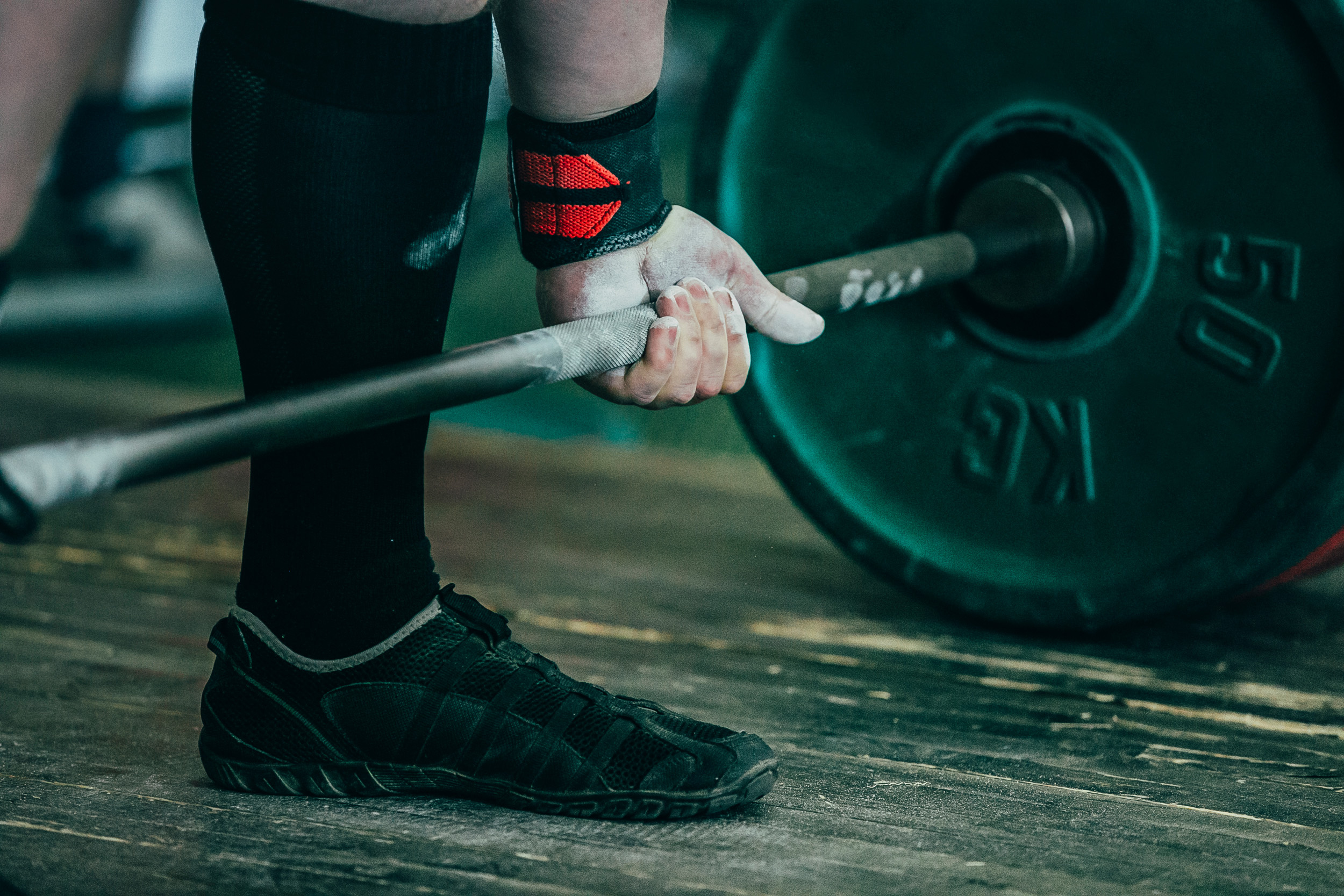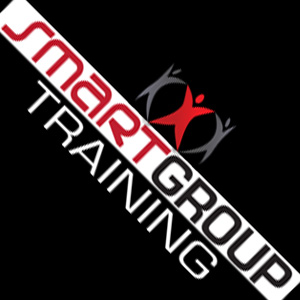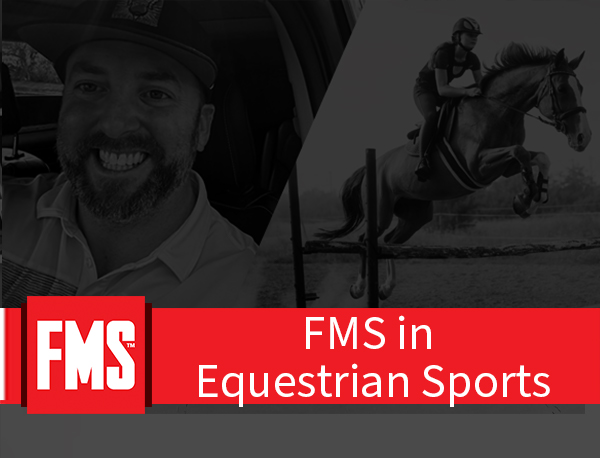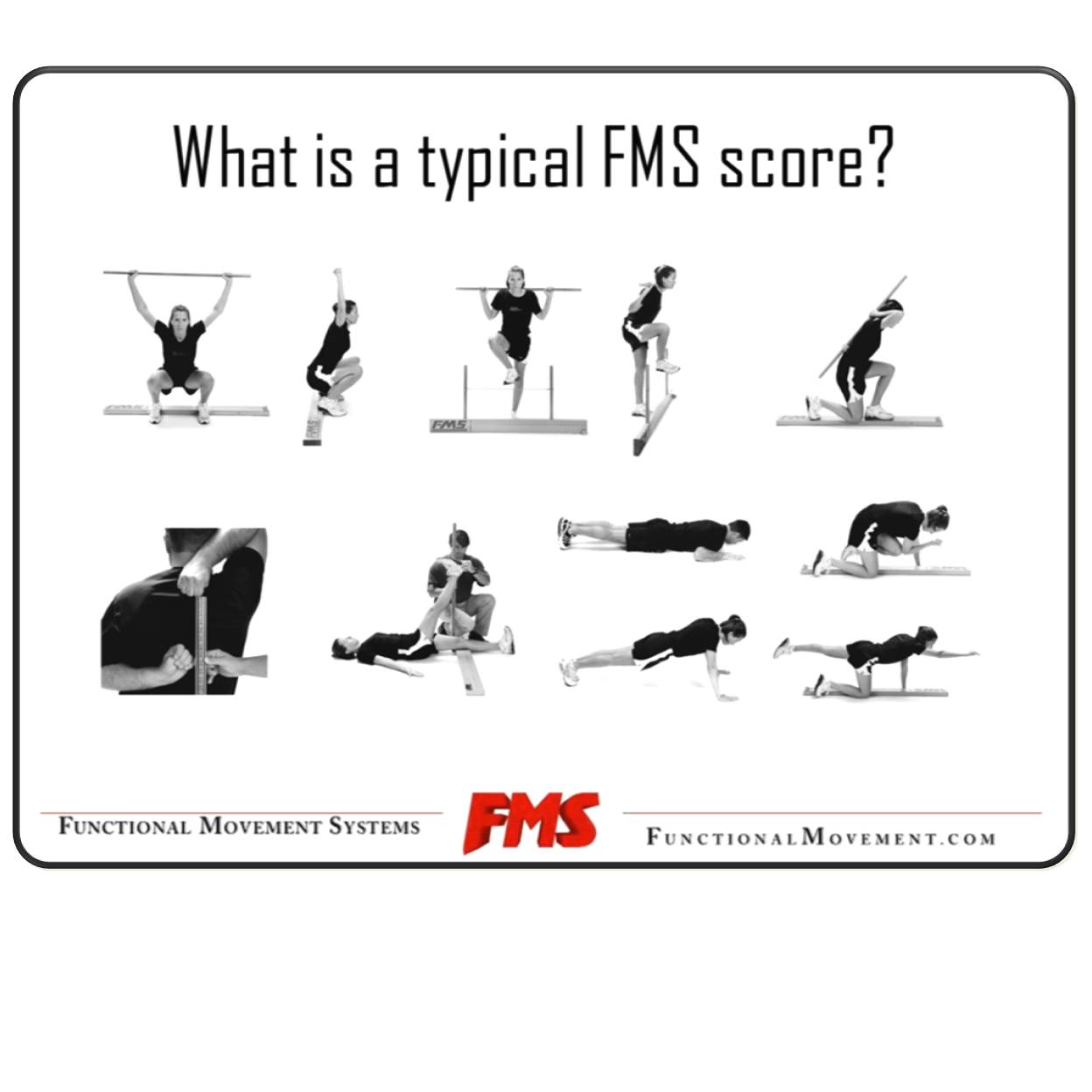Redefining Health and Fitness
Written by Gray Cook FMS
Do you define health as the absence of disease?
I think that’s an under-shoot and an under-sell.
Along a similar vein, a lot of people define fitness as being lean or well-muscled.

I think we all know that you could lose weight and gain muscle in very unhealthy ways—ways that may compromise your movement, involve performance enhancing drugs and/or unorthodox dietary practices with undesirable side effects.
There are many ways to get lean and well muscled that aren’t good for you, so I think if we’re going to explore the definitions of health and fitness, maybe we should look at the following words:
Independent
Sustainable
Developmental
Now, let’s define health, bounded by the parameters of these three words.
Health is the independent, sustainable and developmental way to continually heal. You use your rest, your regeneration and your activity to maintain a positive, constructive and contributing state of being.
You manage your stress levels, and rest and regenerate accordingly. After an injury, you understand your own abilities and go slowly enough for the body to heal, but fast enough to stimulate adequate stress for positive growth and continued adaptation.
Fitness can be defined in the same way—the independent, sustainable and developmental way to continually adapt. Adaptation is what we do when we become fit, and the adaptation definition must involve a much greater scrutiny of the environment.
To meet the minimums of health, you basically have to be a living, breathing, eating, drinking and sleeping being who can move. If you can move through a fundamental set of patterns, you can start to learn from your environment.
You are the most complex and accomplished movement learning system we have ever known. The entire system is jump started with fundamental movement patterns that establish movement literacy. Movement literacy, in turn, is the foundation of skill acquisition.
That’s why we have developmental patterns that are reflex driven pre-installed on the human being hard drive. That’s right, you have certain movements as an infant that you just go through that are as involuntary as your patellar tendon reflex. (You know, when the physician taps your knee with a hammer?)
 They’re reflexes that we go through as infants that run those circuits at about 100%. Simply using those circuits sets up the fundamental movement patterns that allow you to gain head control, prone-on elbows, quadruped, kneeling, half kneeling, squatting, standing, stepping, running, jumping, climbing, lifting and carrying.
They’re reflexes that we go through as infants that run those circuits at about 100%. Simply using those circuits sets up the fundamental movement patterns that allow you to gain head control, prone-on elbows, quadruped, kneeling, half kneeling, squatting, standing, stepping, running, jumping, climbing, lifting and carrying.
In a carpeted room lacking objects or obstacles, a baby will go through every one of the movements I just mentioned. Each of those movements can then be exploited, specialized and taken to a more complex level if the environment demands it.
If I take that baby and put it in a room with ladders and ropes and swings, then that baby will basically take its climbing resources and become really good and engaged at doing vertical things or off-the-ground training.
If we introduce the baby to a bunch of mud and water, that baby will actually become very good at slick and unpredictable surfaces and know how to move and transition between land and water very well.

If I introduce a ball, that baby will learn to use its movement patterns to develop hand-eye coordination to follow and chase and throw and kick that ball. If I introduce wide-open spaces, the baby may be engaged to run. If I introduce obstacles, the baby may be engaged to jump.
These are your local environments. You bring the fundamental movement patterns to it.
That’s movement health and I can’t talk to you about your fitness unless you tell me what environment you are in.
Is that environment challenging or are you simply maintaining?
Do you independently have the resources to sustain development?
Now, development for some is “let’s just not get any stiffer as I get older.” It’s active development whether you’re trying to maintain what you have or you’re trying to gain something new so let’s go back and look at those definitions of health and fitness again.
Health isn’t just the absence of disease and fitness isn’t just the presentation of a lean, well-muscled body.
Knowing your limitations, knowing how to maximize rest and regeneration, how to gauge activity are vital factors for states of health and fitness.
Sometimes you can sleep and eat less in anticipation of less activity and sometimes you must sleep and eat more in anticipation of more activity or more stress. You must learn how to adapt in environments. You must understand your own limitations and your skill-challenge ratio.
If you overshoot, you’re probably going to get hurt or fail in a way that may not be pleasurable. If you undershoot, you’re never going to adapt, you’re never going to change and you’re never going to send that stimulus—that ping—through the system that takes you from healthy to fitness.
You have to be healthy to receive the signal of stress and then create the adaptation called fitness.
Maybe if our current definitions for health and fitness were better, we would be better at achieving them.
There is one more test you can perform—now—to look at your body knowledge regarding health and fitness.
How are you feeling?
Are you meeting your goals?
Whatever your answers are, there is a follow-up question:
How many supplements do you need to pull this off?
Our ancestors did not have foam rolls, core exercises, isolation exercises, posture programs, multivitamins, energy drinks or fit bands. They knew how, what and when to eat and how to move well enough to move often enough to survive.
For more on sustainable development, check out my article, The Hardest Checklist You Will Ever Do
I delve into the interplay between organism and environment in my newest video, Three Principles You Can Apply to Any Movement
Related Resources
-
FMS in Equestrian Sports
Posted by Michele Desser
-
What Is Normal On the FMS?
Posted by FMS





